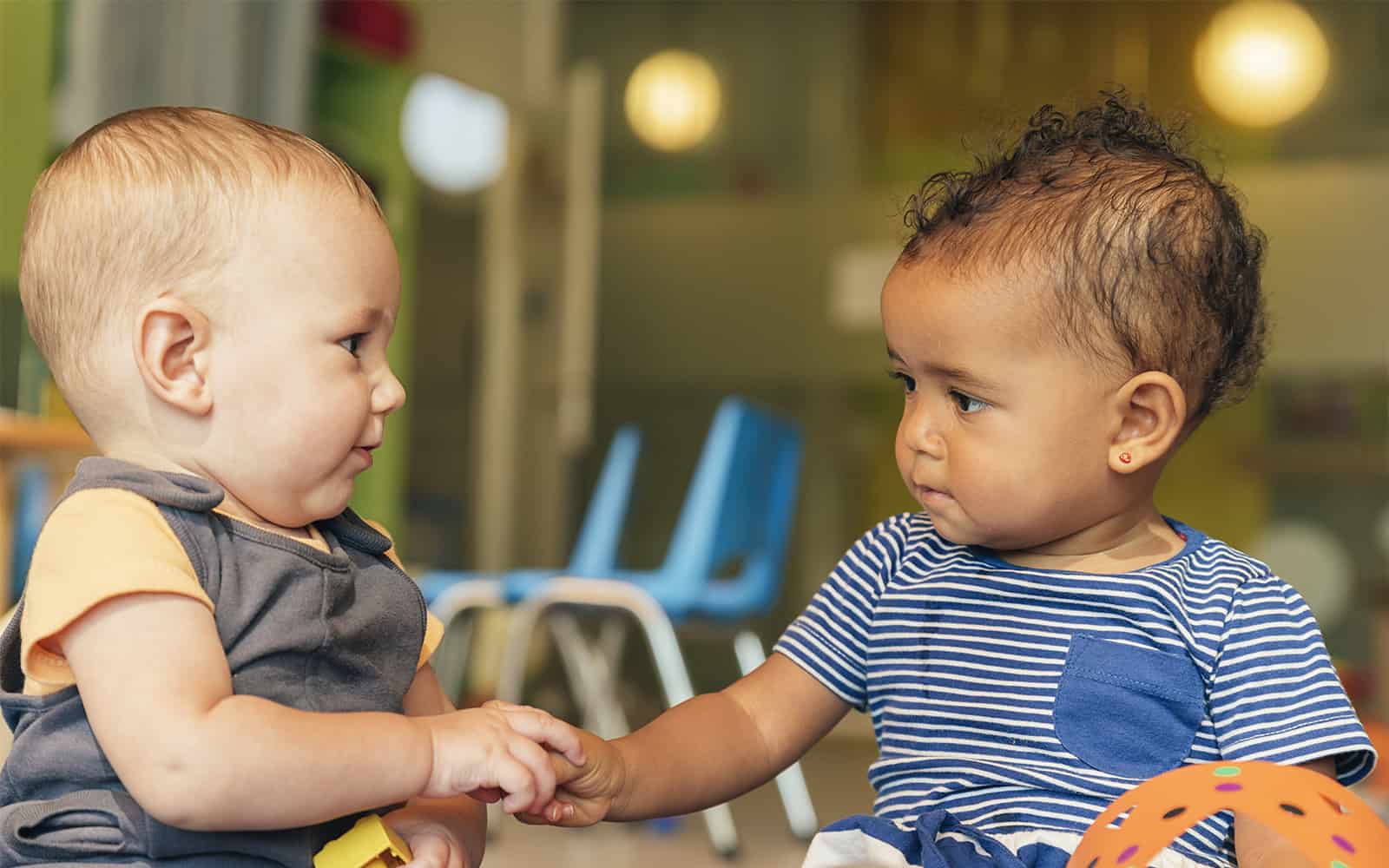As a parent, you want to ensure that your child is being compassionate and empathetic towards the people around them. However, according to research, children in preschool and kindergarten are still developing the cognitive skills to understand empathy.
In order for children to grasp the concept of “empathy”, they must first be able to recognize their own emotions. Understanding what we are feeling and why will give children the tools they need to talk about deeper concepts of feeling and emotion as they grow.


